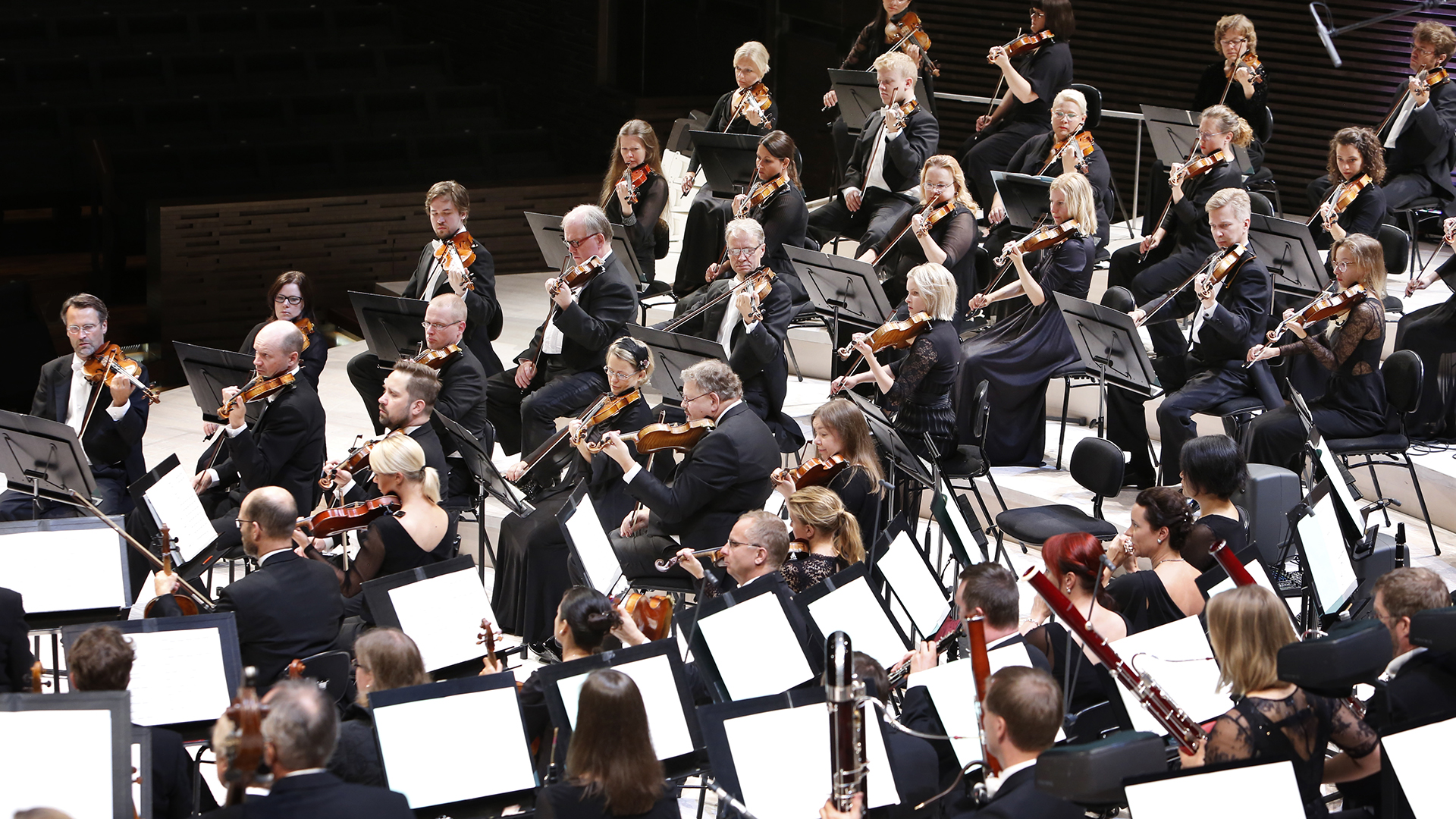While visiting Vienna in 1878, Dvořák heard such an enchanting performance of Mozart's serenade for wind instruments that when he returned home he was inspired to compose his own serenade in just two weeks.
Antonín Dvořák: Serenade for Wind Instruments, Op. 44
Antonín Dvořák (1841–1904) wrote his Serenade for Wind Instruments in 1878, on returning to Prague after a visit to Vienna, where he had heard some of Mozart’s Divertimentos. Though such works were no longer very fashionable, they greatly appealed to him and he decided to try one of his own. The first movement took him less than a day to compose. The choice of instruments may seem strange today – two oboes, two clarinets, two bassoons, three French horns, a cello and a double bass – but line-ups such as this were still common for evening entertainment back in the 18th century. Only later did he add parts for other strings.
The four-movement Serenade is a light, easy-on-the-ear nostalgic trip back in time. The first movement is no doubt intended as a parody: a Slavonic march with a Baroque bouquet. Despite being called a Minuet, the second is a Bohemian sousedská dance with a furiant middle section, the third is an imitation of part of Mozart’s Gran Partita, and the fourth sprints to the finishing line with a brief detour via the mood at the start.
Pyotr Tchaikovsky: Serenade for Strings, Op. 48
Pyotr Tchaikovsky (1840–1893) was blessed with a very generous patroness, a widow called Nadezhda von Meck with whom he corresponded for years but whom he never actually met. Having reluctantly composed the 1812 Overture to mark the anniversary of Napoleon’s failure to conquer Russia, he felt at something of a loose end. Until, filled once more with a compulsion to compose, he wrote and fully orchestrated the Serenade for Strings in less than a month. “I wrote [the Overture] without much warmth or enthusiasm; therefore it has no great artistic value. The Serenade, on the contrary, I wrote from an inward impulse; I felt it, and venture to hope that this work is not without artistic qualities,” he wrote to von Meck.
In structure, the Serenade is loosely modelled on the Serenades of Mozart, but far removed in style. The ponderous opening movement turns out to be the theme that binds the work together. It is followed by a now very well-known Waltz and Elegy, and ends with a rollicking piece on a Russian theme and a reminder of where the whole Serenade began.

